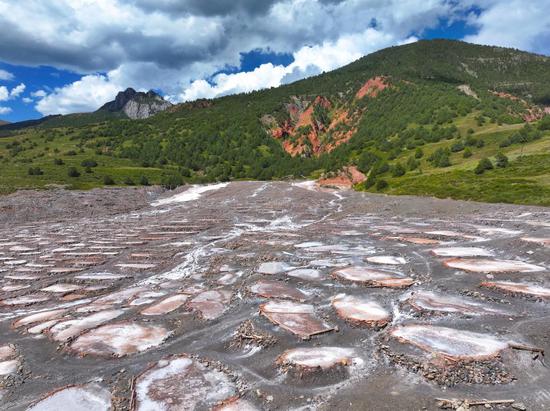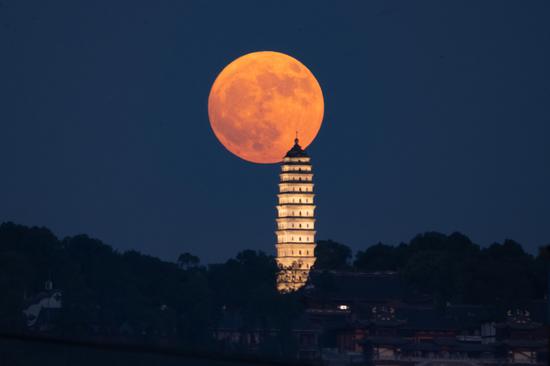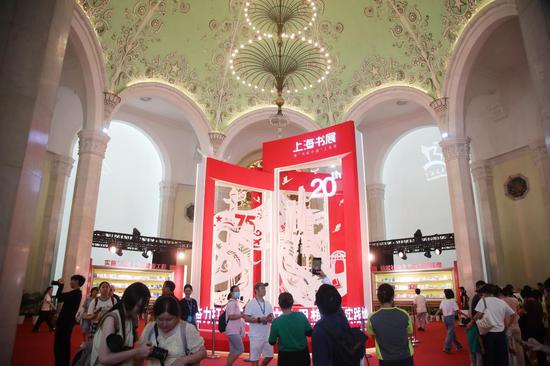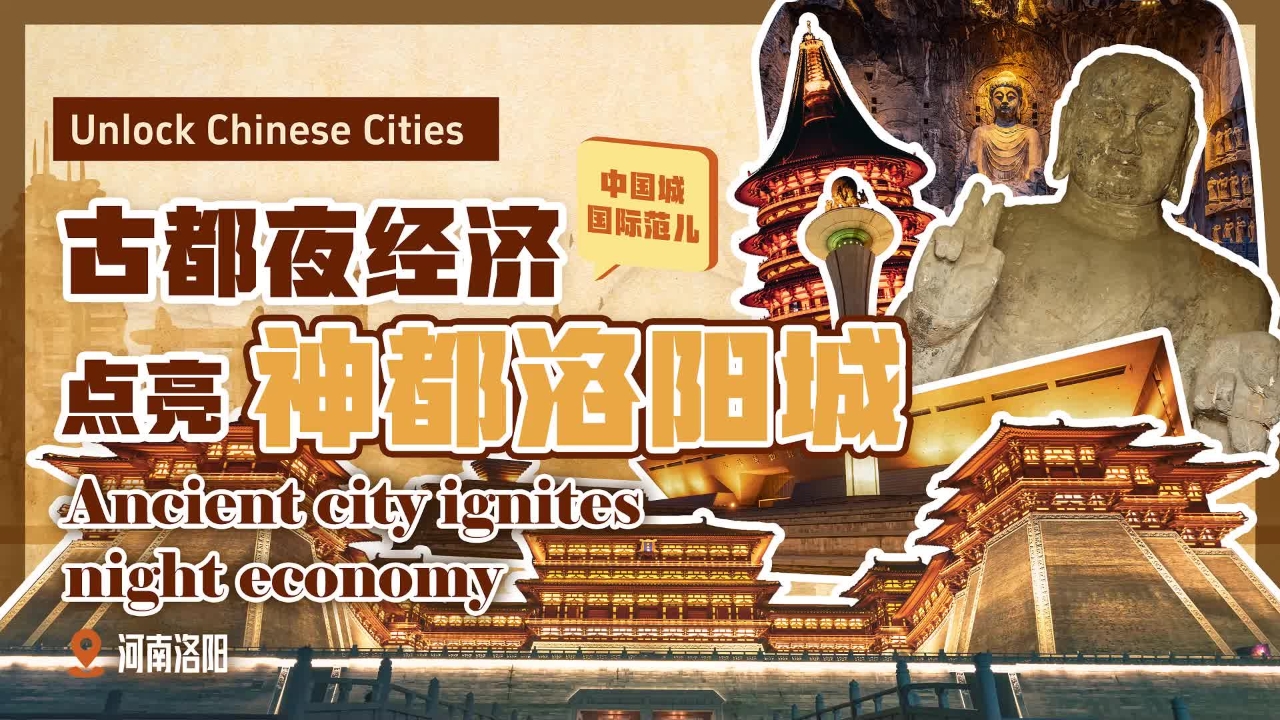(ECNS) -- North China's Shanxi Province, known as the "treasure trove of ancient Chinese architecture," boasts 531 nationally protected cultural heritage sites, inspiring the creation of China’s first AAA video game Black Myth: Wukong.
According to reports, Black Myth: Wukong features 36 filming locations across the country, with 27 of them located in Shanxi.
Xiaoxitian Temple, Yuhuang Temple, Tiefo Temple, and Foguang Temple, which occure as prototypes of the game’s background, have attracted a host of game fans to visit.
According to Ctrip, an online travel agency, searches for Shanxi Province increased by more than 10 percent on Aug. 20, the release date of the game, compared with the previous day.
Xiaoxitian Temple
In the game, Xiaoxitian Temple serves as one of the key inspirations for designing the scene of suspended sculptures Buddhist kingdom, where a player's character, as the destined person, enters.
Xiaoxitian is located atop Fenghuang Mountain, 1 kilometer west of Xi County in Linfen City, Shanxi Province. This Buddhist Zen temple was built in 1629 during the Ming Dynasty (1368-1644) and is now a national key cultural relic protection unit.
Its Daxiong Hall, featuring stunning 400-year-old suspended sculptures, compresses a vast world of over 2,000 Buddhas into a space of around 170 square meters, creating a breathtaking Buddha wonderland.
Since the game announced its selection of Xiaoxitian as a background site, ticket sales surged by 300 percent on Aug. 20 compared with the same date last year, according to a staff member from the tourism reception office of Xiaoxitian.
Yuhuang Temple

Yuhuang Temple’s painted sculptures of the Twenty-eight Lunar Mansions of ancient Chinese Astrology are recreated at a 1:1 ratio in perfect details. This brings the ancient temple to life, immersing players in its rich cultural history.
Yuhuang Temple, located in Fucheng Village, Shanxi Province, was built during the Northern Song Dynasty (960-1276).
Each sculpture in the temple has its own unique style, with some powerful, gentle or mysterious.
In the game, a prominent sculpture, modeled after the "Kangjinlong" (a Chinese deity associated with a dragon) statue from the temple, is known for its detailed and fierce appearance.
"During this summer holiday, the Yuhuang Temple saw a record number of visitors, and approximately 40% of these tourists became aware of the temple through the game." said Yin Zhenxing, Curator of Museum of Painted Murals, told People's Daily.
Tiefo Temple
Many monsters and stone statues in the game are inspired by the twenty-four deity statues from Tiefo Temple in Gaoping City, Shanxi Province. The mask worn by a monkey monster is modeled after the statue of Sanzhi Diety in this temple.
Tiefo Temple, built and improved during the Ming and Qing Dynasties (1368-1911), is named after an iron Buddha that was once housed there. In Chinese, "iron" is pronounced "tie."
The temple’s most impressive sculptures are the twenty-four Buddha statues, located on the east, north, and west sides of the hall. They are life-sized and highly detailed, with some having protruding eyes, standing hair or protective armor, showcasing the art charm of Buddhist sculptures.
Foguang Temple

A Buddhist stone pillar featured in the game trailer is modeled after the one at the entrance of the Sidong Hall of Foguang Temple in Wutai County, Shanxi Province.
Foguang Temple is one of China's largest and best-preserved wooden structures built during the Tang Dynasty (618-907).
In 1937, Chinese architects and poets Lin Huiyin and Liang Sicheng discovered the temple, which dates back over 1,000 years. They determined that the Sidong Hall was built in the late Tang Dynasty, based on the inscription "Dazhong 11th Year (of Tang)" on a stone pillar. This finding challenged earlier claims by Japanese scholars that no Tang Dynasty wooden structures existed in China.
The most immersive must be something that exists in reality, Art Director of the game Yang Qi said.
All these impressive ancient buildings sit there silently with the treasures of Chinese culture, waiting the "destined ones" to explore them.


















































 京公网安备 11010202009201号
京公网安备 11010202009201号